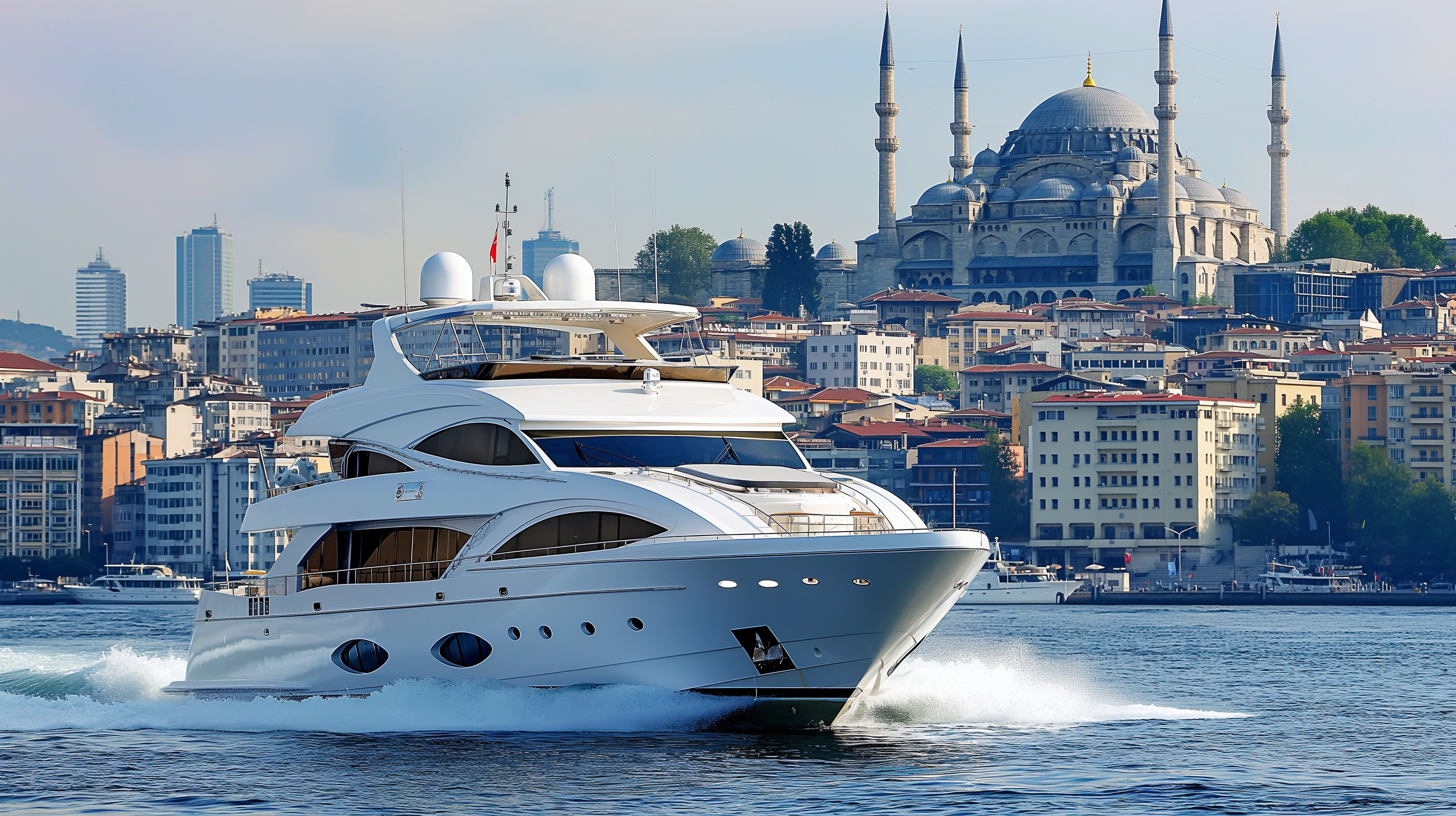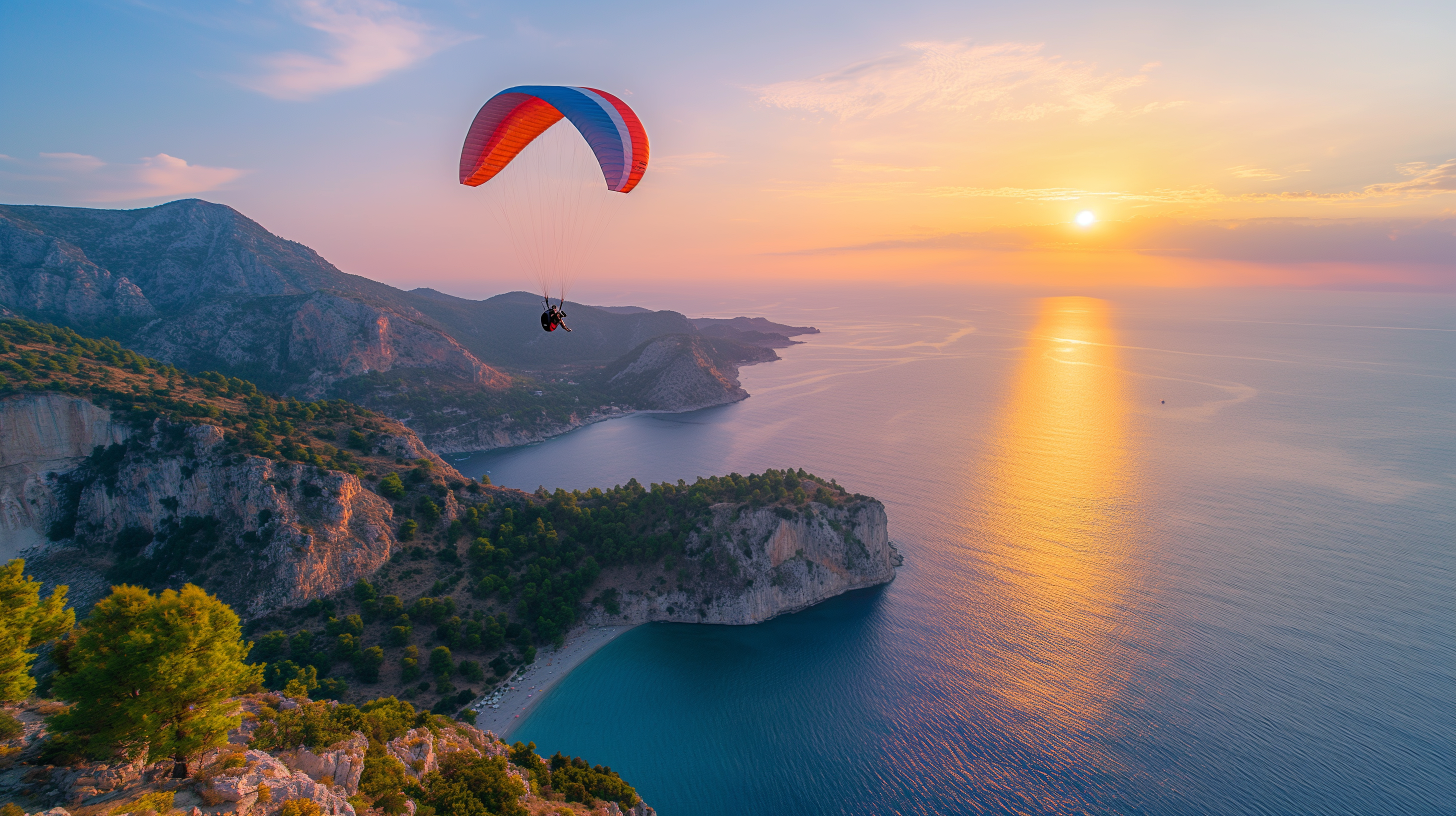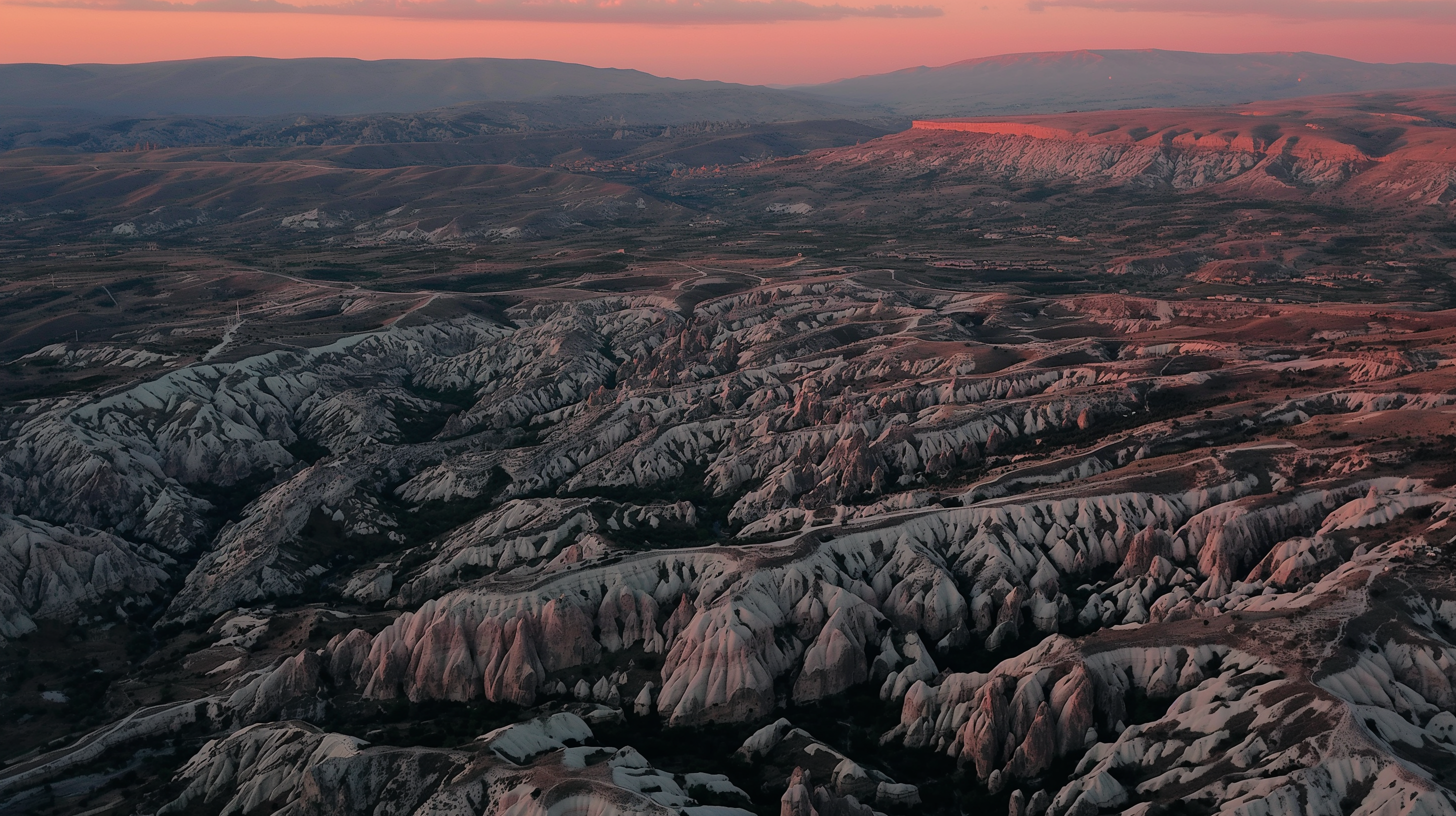Table of Contents
I’m excited to take you through a detailed guide to Artvin, where I’ll cover topics such as housing prices in Turkish Lira, USD and Euros, the ins and outs of public transportation, educational institutions, healthcare, and much more!
This city isn’t just your average destination; it has the title of the purest air in Turkey. It’s an extraordinary place where each breath is as refreshing as the natural beauty that surrounds you.

History of Artvin
You’ll find that Artvin’s history dates way back, even before the Bronze Age, revealing its strategic importance over millennia. It’s been a crossroads of civilizations, including the ancient kingdom of Colchis, and was influenced by the Scythians, Byzantines, and Seljuks, the Ottomans, among others. I found it fascinating how the city swapped hands after the Russo-Turkish War, briefly became part of the Soviet realm, then returned to Turkish sovereignty in the early 20th century—a testament to its resilience and strategic value.
What I love most about Artvin is its completely untouched nature. Imagine forests and pastures stretching as far as the eye can see, perfect for anyone who appreciates outdoor activities or just longs to escape the hustle and bustle of city life. And while it’s off the beaten path, its small population means you can truly enjoy the peace and tranquility.
Despite its size, Artvin holds incredible cultural landmarks like the Bali Bey Mosque and the Artvin Castle, showcasing the area’s rich history and architectural diversity. History buffs will be thrilled to explore evidence of Stone Age settlements, revealing that this area was on the human map as early as 8,000 B.C.
Plus, the historical significance of the Islamic conquests, Abbasid control, and the migration of Turkic peoples adds layers to the cultural tapestry of Artvin. It’s like stepping into a living history book.
Whether you’re into history, nature, or both, a visit to Artvin offers an unforgettable journey through time amidst some of the most spectacular landscapes in Turkey.
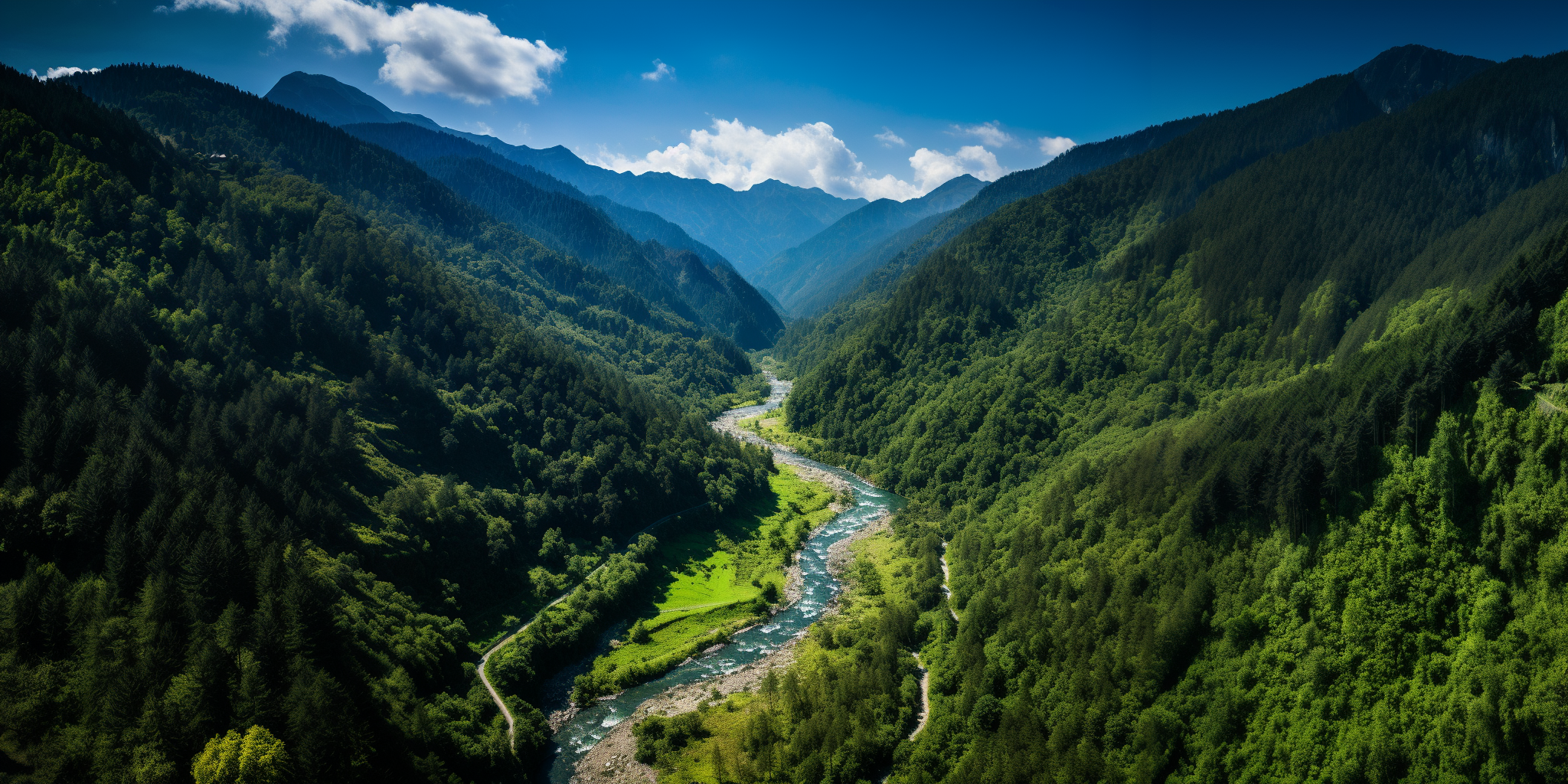
Artvin in the Ottoman era
As someone who deeply appreciates the rich tapestry of history, Artvin’s journey through the epochs is particularly close to my heart. The city truly flourished during its time within the mighty Ottoman Empire. It became part of the empire’s domain when the great Sultan Mehmed the Conqueror expanded into the Trabzon region.
The era under Ottoman rule wasn’t without its strife—revolutions and uprisings, such as the notable Keykavus II rebellion, were part of its complex narrative. These uprisings were often decisively ended under the rulers such as Sultan Suleiman the Magnificent, which only added to the historical drama of the region. Despite these disturbances, Artvin experienced significant architectural growth, contributing to the rich heritage we see today.
The strategic appeal of Artvin didn’t escape the attention of outside powers, notably the Russian Empire. It became a focal point during the Ottoman-Russian wars of the 19th century, underscoring its value and desirability due to its location and resources. Yet, through it all, Artvin retained its unique character, remaining a jewel in the Ottoman Anatolian crown for a significant period.
Today, visitors can witness the timeless marks of its Ottoman heritage, intertwining with layers of previous civilizations, enriching our understanding of this historic region. Being part of such a legacy makes Artvin not just a must-visit spot but a place where one can walk through history, surrounded by the breathtaking beauty of Turkey’s northeastern landscapes.
Artvin in the Era of the Republic
The tumultuous history of Artvin continued through the 20th century, a period marked by shifting borders and emerging nations. After the Russian army withdrew at the end of World War I, Artvin found itself within the newly independent Georgian borders from 1918 to 1921. The Treaty of Moscow in 1920 initially recognized Artvin as part of the Georgian Democratic Republic.
However, the landscape of power shifted yet again with the Red Army’s occupation of Georgia in 1921. Following a note from the Ankara Government to Georgia, Georgian troops left the region, paving the way for Turkish forces to move in. In a sweeping operation, they secured most of the Tao-Klarceti region—comprising both Artvin and Ardahan.
Despite a back-and-forth with Georgian forces for the control of Batumi, which eventually remained with Georgia, Artvin and Ardahan continued to be parts of Turkey. The area underwent administrative changes, becoming officially named Artvin Province in 1936 and solidifying its identity with Law No. 6668 passed in 1956.
These events have not only shaped the geopolitical boundaries but also contributed to the rich cultural and historical identity of Artvin. Today, it stands as a province proud of its Turkish roots, with a legacy of endurance and change that tells a story unique to this enchanting part of the world.
Artvin State Geography
Artvin sits in the far eastern reaches of Turkey, beautifully perched on the frontier with Georgia. This exceptional location gives it borders shared with several notable Turkish provinces—Erzurum, Bayburt, Ardahan, and Ardanuç—making it a crossroads of cultures and histories. To its other side, it’s neighbored by Batumi and Hopa, offering diverse and rich interactions across the boundary line.
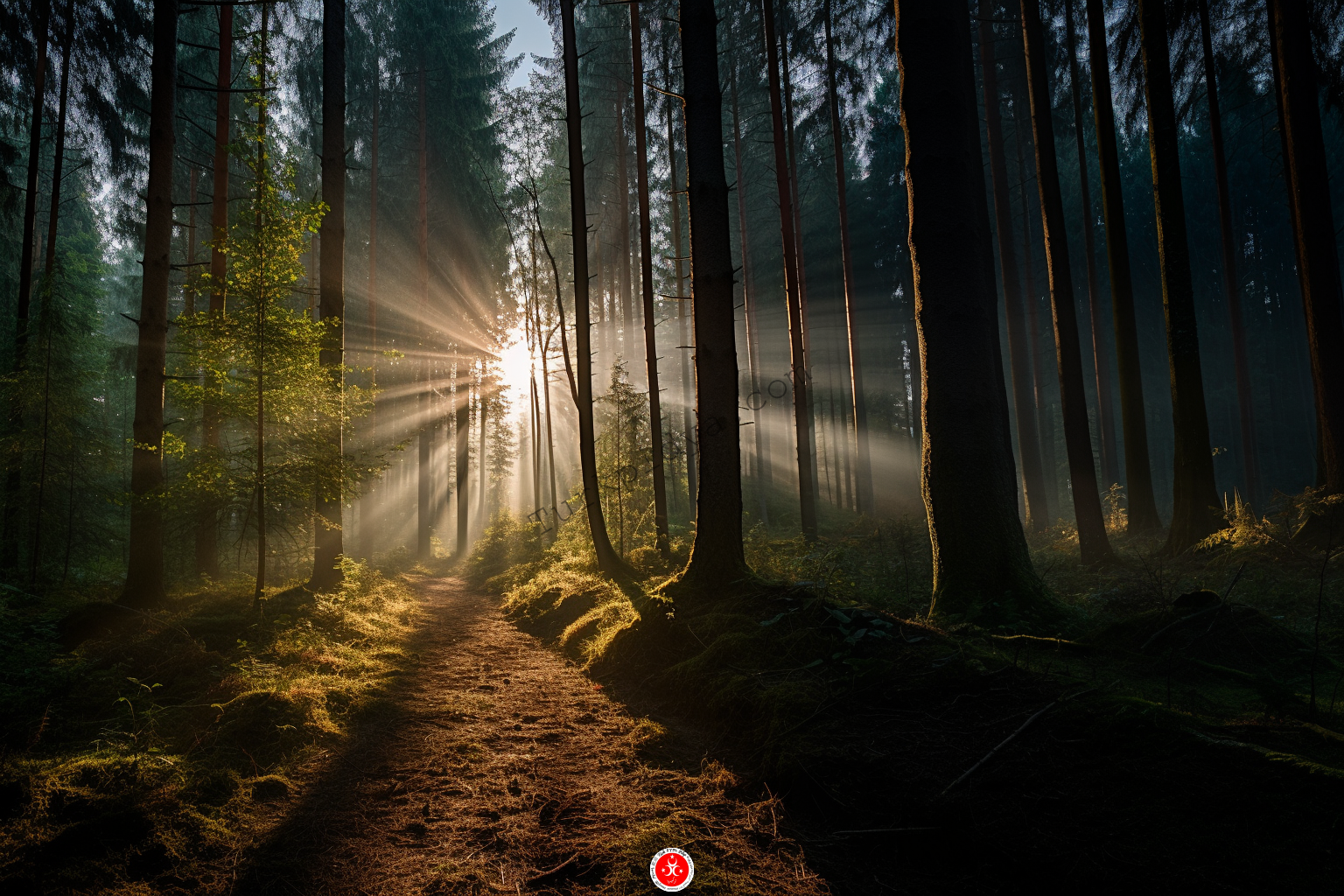
Artvin’s Economy
Artvin boasts a diversified economy that mainly pivots around agriculture, followed by livestock and tourism, which harnesses the region’s natural beauty to attract visitors.
Spanning 712,268 hectares, this vast area is a haven for nature, with forests covering 399,271 hectares, abundant pastures across 100,533 hectares, and rich farmland making up 64,200 hectares. These lands are predominantly worked by small family-run farms; around 13,272 agricultural producers call Artvin home, with many managing plots smaller than 20 dunams—a dunam being equivalent to a thousand square meters.
Adding to the economic developments, the Turkish government is constructing the impressive Yusufeli Dam in Artvin, which will stand as Turkey’s tallest dam and the fifth tallest in the world. This project is pivotal not just for water storage but for power generation as well.
Artvin’s varied climate favors the growth of hazelnuts, a staple crop for many local farmers. It doesn’t stop at agriculture; the province supports around 65,000 head of cattle and has a thriving beekeeping industry known for producing quality honey.
Despite having a modest population of around 170,000, Artvin faces challenges, with many residents migrating to Istanbul and other major cities seeking broader job prospects. Yet, even with this migration, Artvin retains its rural charm and remains a vibrant node of agriculture and eco-friendly development within Turkey.
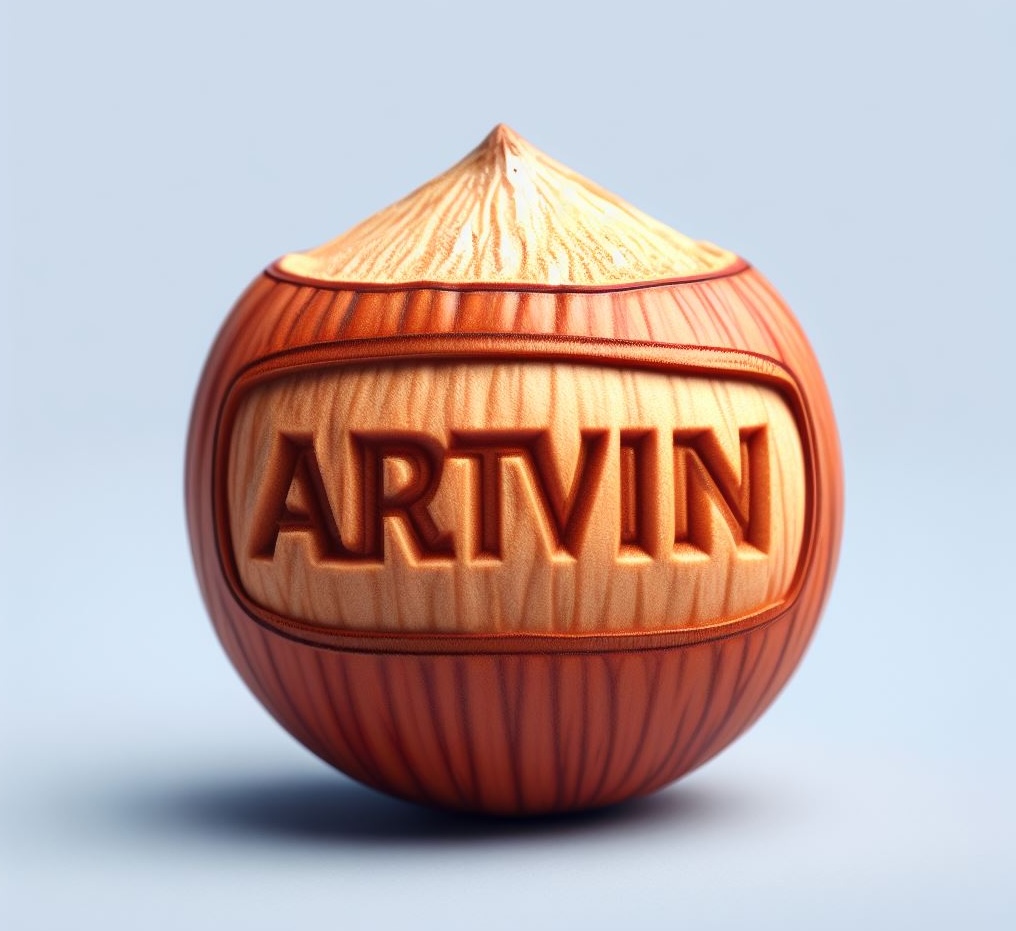
Education in Artvin
Artvin Coruh University stands as the sole beacon of higher education in Artvin, catering to a diverse student body of about 10,000 students, with the support of over 500 dedicated academic staff members.
With an international flavor, the university is home to approximately 270 foreign students, adding to the diverse and vibrant atmosphere on campus. The university offers a broad array of programs across various disciplines such as engineering, literature, theology, health sciences, not to mention its economic, industrial, and technical departments.
Beyond its undergraduate offerings, Artvin Coruh University also provides technical schools, and graduate and research institutes, making it a hub for innovation and advanced studies in the region.
Artvin’s commitment to education extends to its younger residents as well, with a total of 232 educational institutions ranging from pre-school to technical vocational secondary education. These schools serve around 25,996 students, nurturing the next generation of the province’s citizens. Additionally, 9 general education centers scattered throughout the province help enhance the qualifications of the local workforce.
The education system in Artvin represents a cornerstone of its community, fostering knowledge, skills, and opportunities for both local and international students alike.
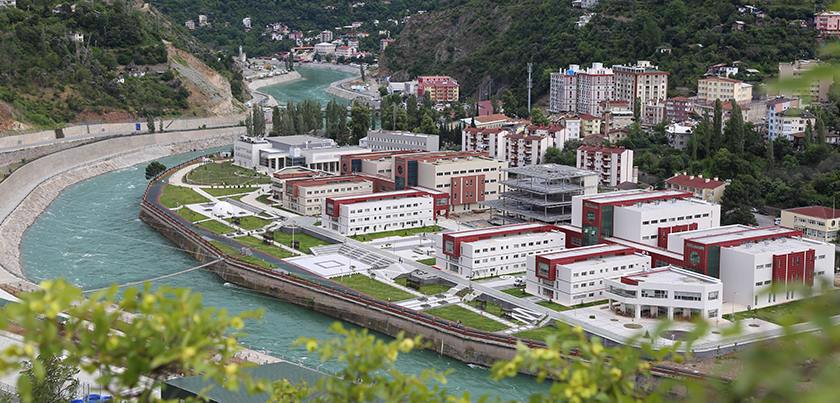
Transportation in Artvin
Getting around Artvin is pretty straightforward, with a mix of buses, minibuses, and taxis available for local transportation within the province. So whether you’re exploring the area or commuting for work, there are options to suit different needs.
For those leveraging maritime routes, the Hopa port located on the picturesque Black Sea coast facilitates the transport of goods, playing a crucial role in local commerce.
Travelers looking to fly will find Batumi Airport in neighboring Georgia a convenient option, just 88 km away from the heart of Artvin. For flights within Turkey, the nearest airports are situated in Erzurum, Kars, and Trabzon, all within approximately 215-233 km from Artvin.
This array of transportation options ensures that Artvin is well-connected, both regionally and internationally, making travel for residents and visitors alike both convenient and efficient.
Artvin Hospitals
In Artvin, medical services are primarily provided by the Artvin State Hospital, which serves as the central healthcare institution. Additionally, the province is home to several small government medical clinics and a rehabilitation center, which cater to the local population’s health needs.
Given that Artvin lacks private and university hospitals, there is a noticeable opportunity for investment in the healthcare sector within the region. This could potentially be a valuable addition to the existing medical services, enhancing healthcare provisions for the residents.
As per the latest data from the Turkish Statistical Institute, Artvin has a total of 346 hospital beds. The ratio of doctors to the population stands at 1.42 per 1000 people, with the province employing 102 specialist doctors, 152 general practitioners, 35 dentists, in addition to 44 nurses, and 195 other health workers.
Despite the modest size of its healthcare system, Artvin works to maintain a standard of care for its community, emphasizing the importance of health and well-being among its residents.
Housing And Real Estate In Artvin
When it comes to real estate, property prices in Artvin offer a range that caters to different budgets. If you’re looking to buy, you can find properties priced from 48,000 euros to 96,000 euros, which is also the equivalent of about 52,500 US dollars to 105,000 US dollars.
For those interested in renting, Artvin’s apartment rental costs are quite reasonable, with monthly rates between 192 euros to 384 euros, or in dollar terms, between 210 US dollars to 420 US dollars. These price points make Artvin an attractively affordable option for living, whether you’re interested in investing in property or looking for a place to rent.
These accessible property and rental prices make Artvin an attractive option for those seeking a cost-effective lifestyle or investment opportunity in a locale enriched with natural beauty and history.
Food In Artvin
In Artvin, the culinary experience is deeply intertwined with tradition and local flavors, offering unique and hearty dishes sure to delight any food enthusiast. Here are some highlights:
Kalaco is a delightful breakfast staple, akin to a Black Sea-style porridge made from yogurt mixed with cornmeal. This comforting dish is sweetened with pear molasses or honey and offers a wholesome start to the day.
Another popular dish is Kaygana, reminiscent of a crepe from the Black Sea cuisine. Made from a savory blend of eggs, flour, milk, and flavored with herbs like parsley, dill, and green onions, it’s a versatile dish that graces both breakfast and dinner tables.
Then there’s the distinctive Yoğurtlu Silor, a dish that showcases Artvin’s culinary creativity. The dough is carefully prepared, rolled out thinly, and then cut into small strips. Once these strips are cooked, they’re smothered with boiling water, a generous amount of yogurt, and topped with a large dollop of butter, creating a sumptuous and comforting meal.
Exploring Artvin’s food is an adventure in taste, reflecting the region’s rich cultural heritage and the bountiful produce of the surrounding landscapes. Whether you’re indulging in breakfast, lunch, or dinner, Artvin’s dishes are sure to leave an impression on your palate.
Weather in Artvin
Artvin enjoys the classic Black Sea climate, where you’re greeted by warm and rainy weather, especially in the coastal areas. This region is known for its lush vegetation thanks to the abundant rainfall, offering a fresh and invigorating atmosphere.
In the heart of Artvin, you’ll find the same warm and humid weather patterns, contributing to its scenic beauty and vibrant greenery. However, when winter comes around, brace yourself for a significant drop in temperatures, with averages hovering around 3.4 degrees Celsius. This chillier season transforms Artvin into a winter wonderland, featuring heavy snowfall that blankets the area in white and offers a picturesque setting for both residents and visitors.
Tourism in Artvin
Artvin stands out as one of the most captivating provinces along the Black Sea, renowned for its enchanting natural beauty and pristinely clean air—so pure, in fact, that it’s been recognized as the city with the cleanest air in Turkey.
One of Artvin’s crowning jewels is the Choruh Valley, cutting through Yusufeli with the Coruh River shaping its path. This valley isn’t just a sight to behold; it provides a refreshing escapade with its mesmerizing views and oxygen-rich atmosphere.
Then there’s the breathtaking Pirka Maral Waterfall, which feels like a slice of paradise on Earth. Here, water gracefully cascades from a height of up to 63 meters, offering a spectacular display of nature’s power and elegance.
And let’s not forget the serene “Karagol” (Black Lake), a natural sanctuary where tranquil waters are embraced by deep green forests, craggy mountains, and vibrant wildflowers—an idyllic retreat for nature lovers and peace seekers.
Artvin’s alluring landscapes promise visitors an unforgettable experience, combining natural splendor with tranquility—an absolute must-visit for anyone traveling to Turkey’s Black Sea region.
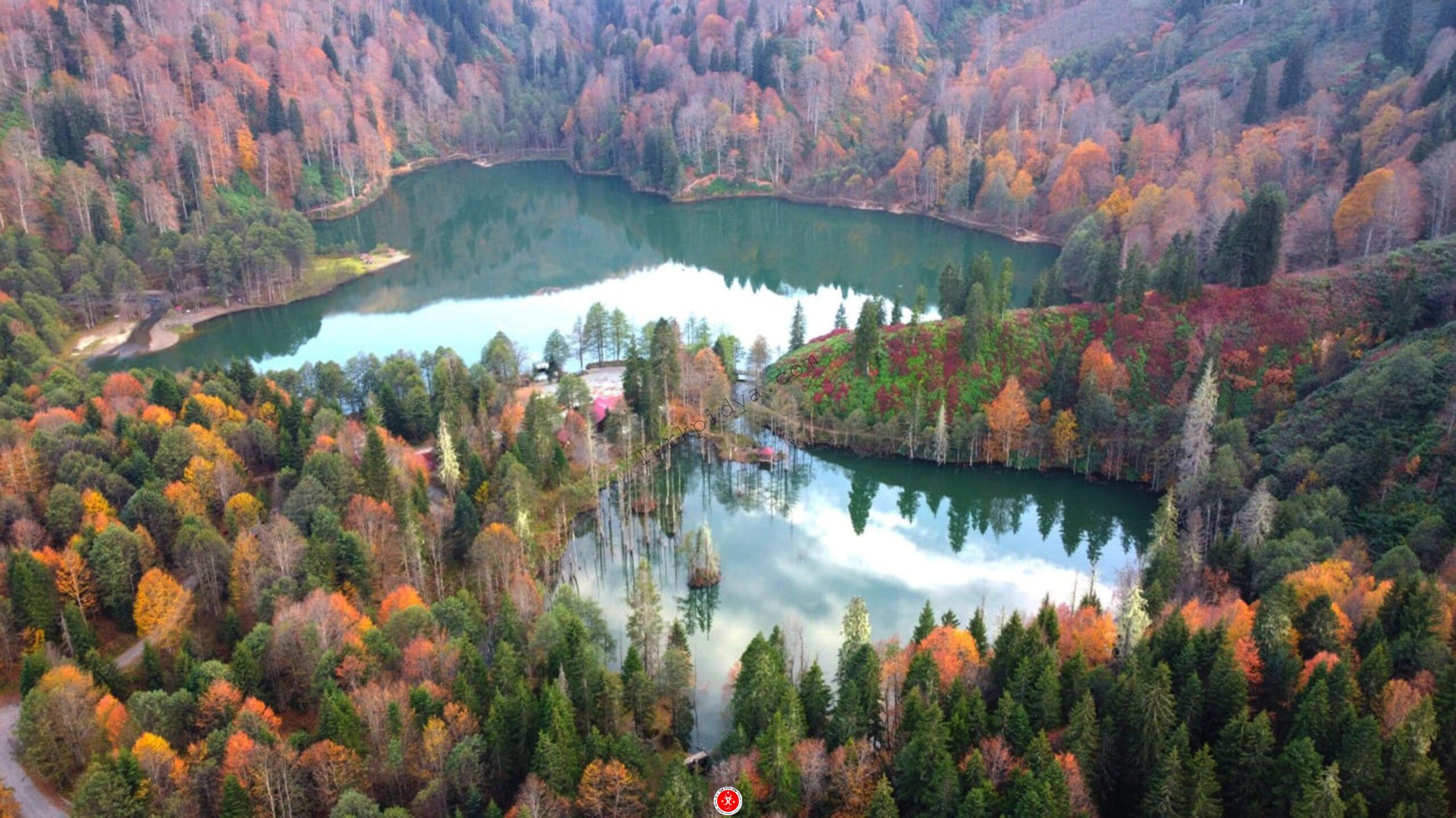
Administrative divisions of the state of Artvin
Artvin’s administrative structure is neatly sectioned into 9 distinct regions, with the Central District (Merkez) being the most populous area, reflecting the urban hub of the province. Alongside Merkez, the other notable districts are:
- Hopa: Known as a gateway to the sea, this coastal district is famous for its port.
- Borçka: Characterized by its green landscapes and the stunning Karagol.
- Arhavi: Offering lush nature and rich cultural activities.
- Yusufeli: Home to the majestic Choruh Valley.
- Şavşat: With its picturesque and lush highlands.
- Ardanuç: Full of historical sites and natural beauty.
- Kemalpaşa: A small district famed for its traditional architecture.
- Murgul: Known for its mining activities and beautiful forests.
These regions together make Artvin a diverse and culturally rich province, each contributing unique characteristics that form the vibrant mosaic of this Black Sea jewel. Whether you are drawn to the bustle of the Central District or the tranquil beauty of the highlands, Artvin offers a place for every preference.
